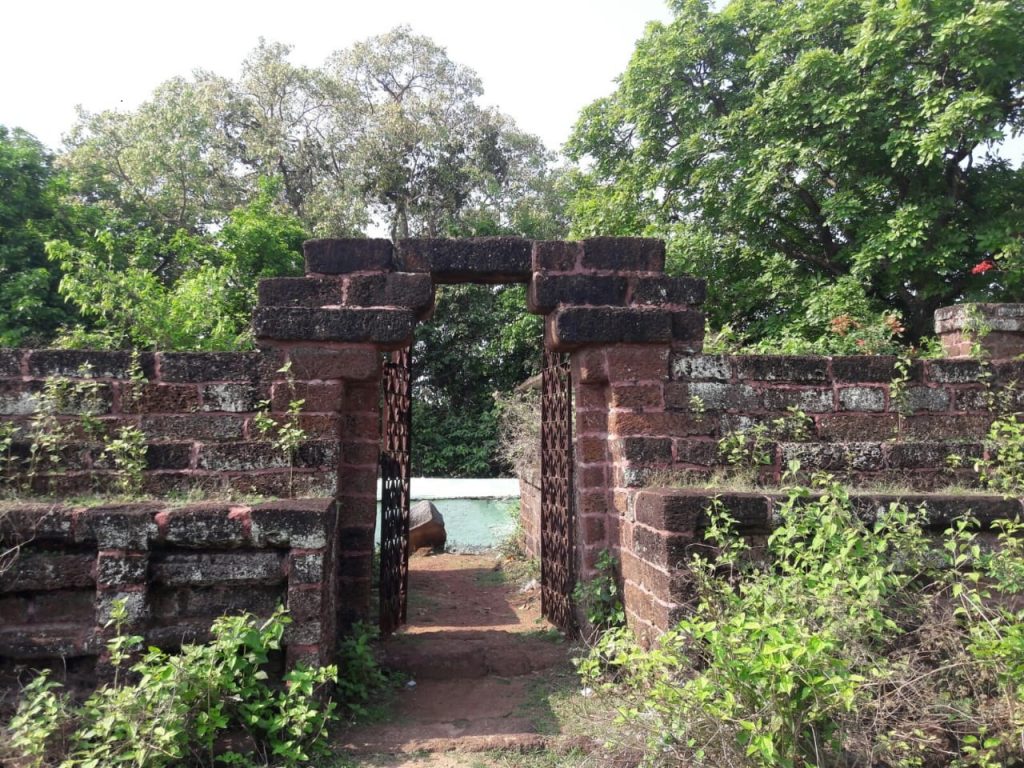Jaleswar: Raibania fort in Jaleswar area of Balasore used to be a protective wall for Odisha against external aggressions from Afghans, Huns, Moghuls and Marhattas in the past.
The fort, a testimony of the state’s military prowess and architecture, has now reduced to debris.
It was alleged that the government has not paid much attention to the revival and development of the ancient fort lying on the border of West Bengal.
While efforts are on to protect and preserve ancient forts in other parts of the state, Raibania has been given short shrift, locals alleged.
They observed that the tourist place can be well tapped if the government carries out archaeological excavations, preservation of its sculptures and construction of a museum.
This is a hill fort situated near Subarnarekha river, encircled by forests. Kings in the past used to stay in the fort and protect their empires. It is said that there were as many as 18 small forts near Raibania fort.
There was provision of a tunnel way to reach the main gate of the fort. The main feature of the fort was that there was underground ways for royal people to escape in case of external aggressions.
The fort was encircled by seven moats and an earthen wall. All these have crumbled to pieces over centuries.
As for the fort, Dr Ashok Kumar Mitra of the former head of the archaeology department of University of Calcutta had said, “Raibania was the largest fort in whole northeast India.
The fort was built with use of soil, but it was damaged by the British in different times. Some parts of four gates of the fort are still existent.” According to some other archaeologists, the fort was not made at a time.
Now, remains of the fort and scores of broken sculptures have been lying scattered on 10 square mile of land. During excavation, some arms and ammunitions have been recovered in the area.
According to Balasore Gazetteer, a Mayurbhanj king had taken away the main deity of Raibania fort and enshrined the deity at Khiching. However, the presiding deity Dagachandi is still being worshiped at Raibania village.
There is a Jagannath temple in the fort area. The temple has architectural similarity with Konark’s Sun temple built by Langula Narasingha Dev.
Dr Mitra had first conducted a survey in the area and started excavation with some funds. But excavation work has stalled since his demise. Another archaeologist has been carrying out research on the fort.
It was claimed that King Langula Narasingha Dev had built this fort between 1238 and 1264. There are 50 big and small ponds in the fort area.
Many archaeological remains have been left neglected without preservation and protection. Following media reports about the fort in the past, MLA Aswini Patra, former MP Rabindra Jena and MP Srikant Jena had raised the issue in the Assembly and the Parliament.
In 2014, the reconstruction work of the Jagannath temple was started and is still going on with an estimated fund of Rs 45 lakh. There were observation towers and more than 50 water bodies.
Two of the gates are in ruins due to lack of maintenance. As per data available, around Rs 1.31 crore has been sanctioned for the fort’s development including Rs 50 lakh under National Rurban Mission (NRuM), Rs 50 lakh from Panchayat fund, Rs 16 lakh from Zilla Parishad fund and Rs 15 lakh from Tourism and Culture departments.
The members of the Raibania Fort Development Committee (RDC) and Raibania Durga Suraksha Committee (RDSC) said that major parts of the fort are covered in bushes and shrubs.
There is a need for recovery of the valuable archaeological assets from the area, they said. MLA Aswini Patra said that there is need for a master plan for development of Raibania fort.
Tourism and Culture department has sanctioned Rs 25 lakh for an entry gate to the fort and another Rs 25 lakh for other development activities.
PNN
